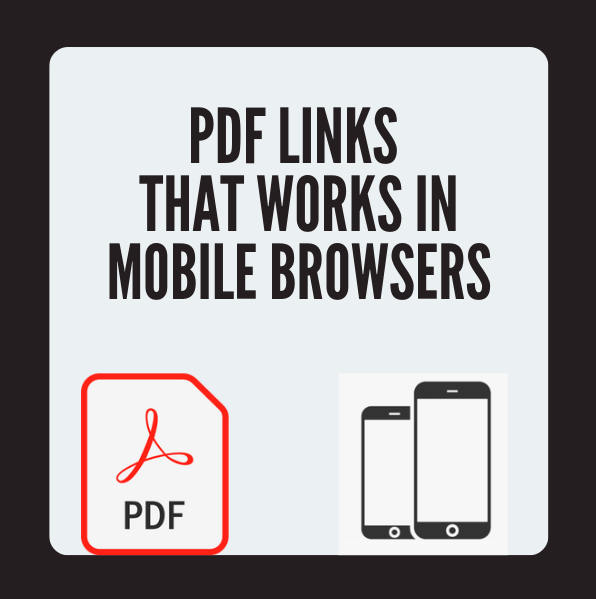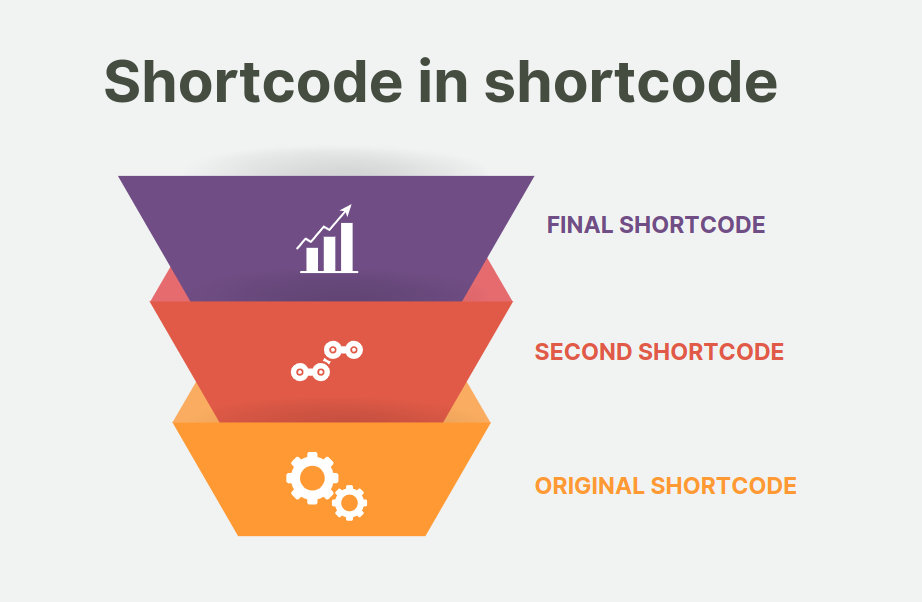When you have products with no SKU and you would like to set Incremental SKU numbers for them directly in the website – then this snippet will help you.
<?phpif(isset($_GET["set_sku"]))add_action('wp',function(){ $base_sku = 100; $args = array( 'post_type' => 'product', 'post_status' => 'publish', 'meta_query' => array( array( 'key' => '_sku', 'compare' => 'NOT EXISTS' ) ) ); $query = new WP_Query($args); while ($query->have_posts()) { $query->the_post(); $product_id = get_the_ID(); $sku = $base_sku++; update_post_meta($product_id, '_sku', "SK_".$sku); } wp_reset_query(); die("DONE. You can remove this code from your website!");});That’s it. Now just run yourwebsitecom/?set_sku=1 once and done!
The code will create SK_100, SK_101, … SKU-s for your website.
If you want to create SKU-s for variation as well, we can improve our code and get this snippet below:
Continue reading “Set Incremental SKU-s to your WooCommerce products”







